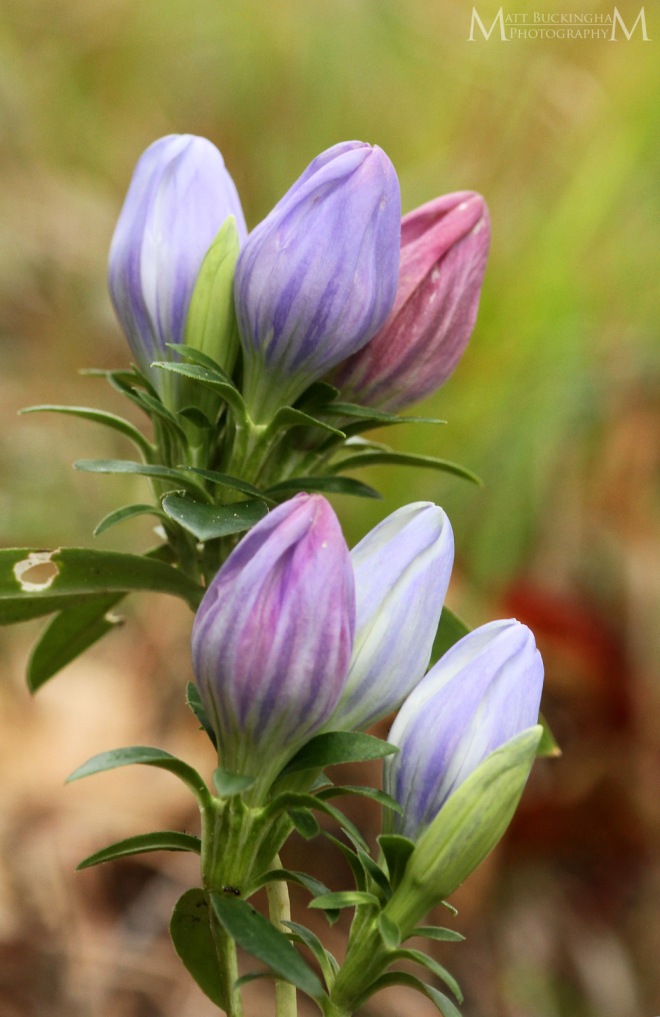
Soapwort Gentian
Target Species: Soapwort Gentian (Gentiana saponaria)
One of our country’s more enigmatic plant genera is Gentiana. Spring may be more often associated with wildflower blooming, but many of the brightly colored species of this genus bloom in the fall, and in the case of Gentiana saponaria in Texas, into the winter. The genus is also unusual in that many of its flowers do not open, remaining forever in a bud-like state, despite having fully developed sexual organs hidden within the closed petals.
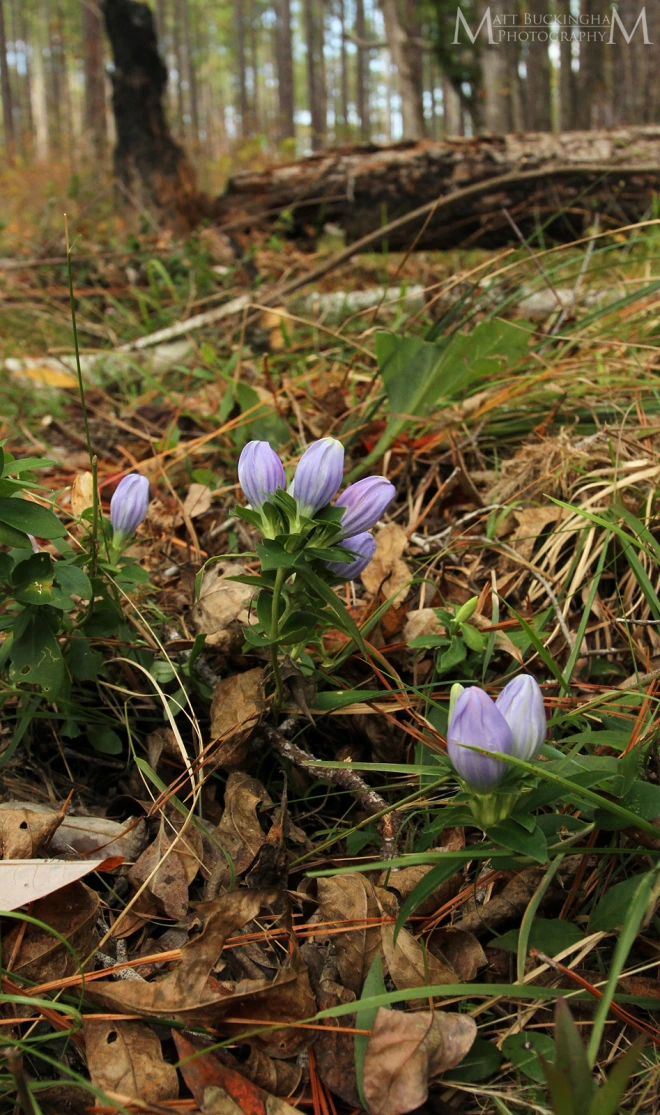
Soapwort Gentian
Gentiana saponaria is one of a suite of species that reach the southwestern extent of their range in extreme Eastern Texas. In Texas it is very rare, probably occurring in five or less populations. While elsewhere within its range it might occur in prairie remnants and moist woodlands, in East Texas they seem to be confined to a few mature forested seeps nestled within longleaf pine savannahs. Associated species include Pinus palustris, Magnolia virginiana, Nyssa biflora, Acer rubrum, Platanthera ciliaris, Veratrum virginicum, Eutrichium fistulosum, Osmundastrum cinnamomeum, and more.

County-level distribution of Gentiana saponaria. Yellow counties indicate that the species is present and rare.
Soapwort Gentian has been on my radar for several years now. Very few pictures from Texas exist, and I suspect that reflects that very few people have seen this plant in Texas. Being at the periphery of its range, suitable habitat in East Texas is likely at a premium. Despite their preferred habitat appearing to be relatively common in Deep East Texas, this plant persists at only a handful of sites. It is likely that there are other factors influencing its distribution that we don’t fully understand.
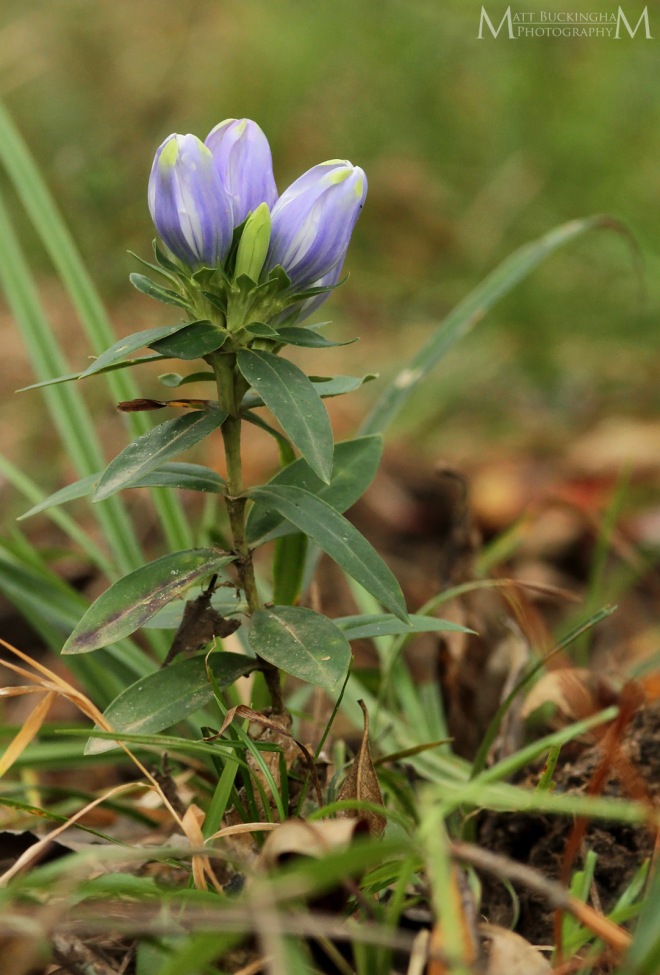
Soapwort Gentian
The perpetually closed nature of this gentian’s blooms has always intrigued me. It is likely pollinated primarily by bumble bees and large beetles, which are strong enough to push their way through the closed petal lobes. It may also, however, be pollinated by tiny beetles that are small enough to work their way between the tiny gaps at the tip of the blooms. Throughout its range the flowers of Gentiana saponaria vary from white to electric blue to purple. In Texas, the buds are lime green as the develop, and as the flower matures it turns sky blue. Then, as it fades, it gradually turns to deep purple and ultimately tan before it withers. My friend and author of Wild Orchids of Texas, Joe Liggio likened the blooms to a cluster of Christmas lights, a fitting description if you ask me.

Soapwort Gentian
The genus Gentiana has long history of utilization for its medicinal properties. The root has a multitude of purported uses including as an remedy for snakebite, digestive issues, and a variety of other ailments. Compounds from the roots have proven to be anti-inflammatory, antiseptic, and beneficial for the treatment of liver disease.

Soapwort Gentian
To see this plant, I communicated with some contacts with the National Forests and Grasslands of Texas. They pointed us in the right direction, and the first weekend of November Carolina, our friend Scott and I set out to look for them. We found dozens of plants scattered along the upper reaches of a baygall within a fairly extensive rolling longleaf pine savannah. The baygall is partially fed by a small springfed stream. The plants were growing along the banks of the stream and in the drier portions of the baygall.
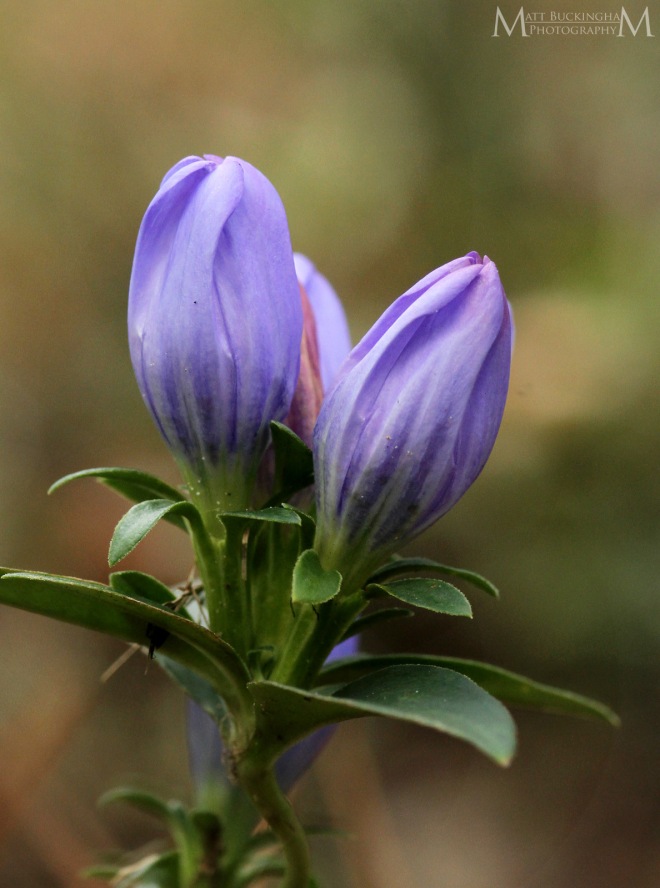
Soapwort Gentian
After spending some time at this site, we explored some other baygalls in the area. After striking in several areas, we found a handful of plants at what we suspect is a new location for this species in Texas. I sent the information to the Forest Service, and they confirmed that it had not been previously documented in that area.

Soapwort Gentian
An added bonus of searching for wildflowers in autumn is the fall foliage, set ablaze by the annual process where leaves break down chlorophyll to reveal their other brightly colored pigments. Though it was still early in the season, that day we admired the changing colors of elms, maples and hickories. Perhaps most striking were the fronds of Cinnamon Fern within the baygalls, that looked more like flickering flames than once lush Pteridophytes. Though there are a few more species that may bloom into December, photographing Gentiana saponaria essentially brings a close to the East Texas wildflower season, and I can definitively say that I went out on a high note.
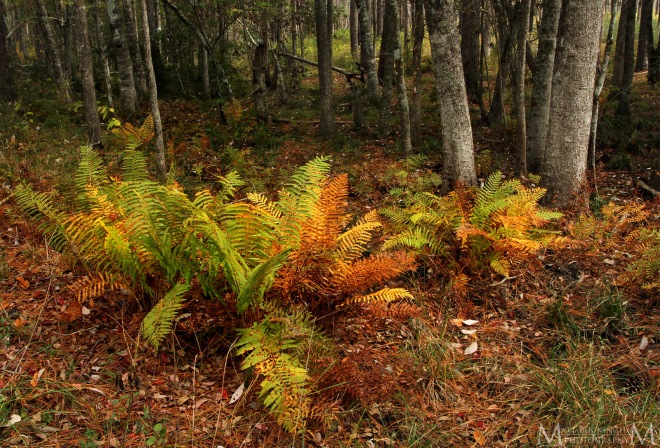
Autumn in the Baygall
